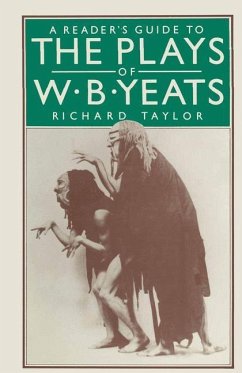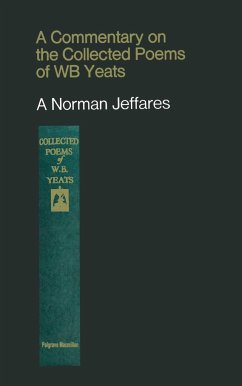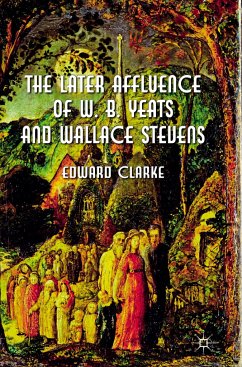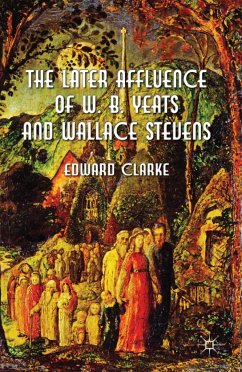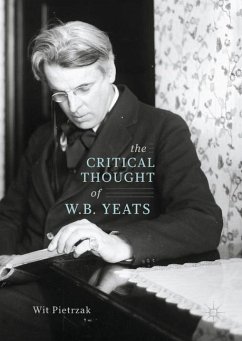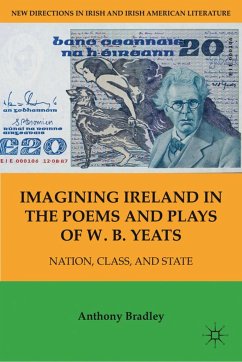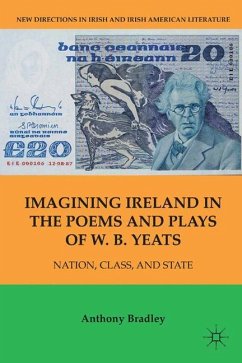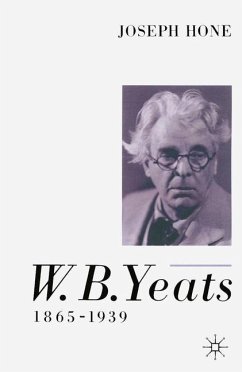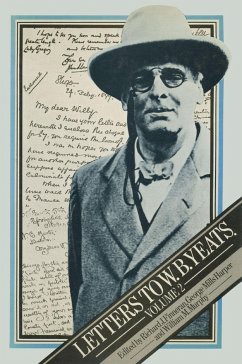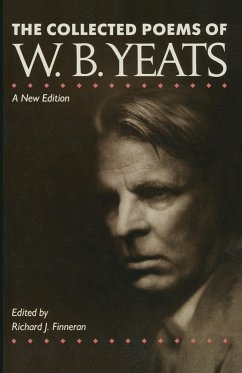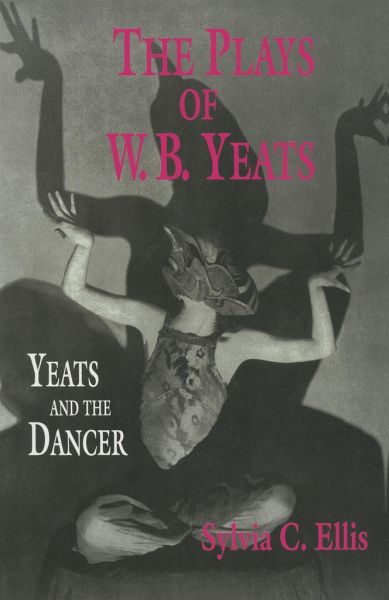
The Plays of W. B. Yeats
Yeats and the Dancer
Versandkostenfrei!
Versandfertig in 6-10 Tagen
46,99 €
inkl. MwSt.

PAYBACK Punkte
23 °P sammeln!
This book investigates Yeats's experiments with the media of language and dance in his plays. He was allied to other artists of the 1890s in his fascination with the biblical dancer Salome and in his preoccupation with things Japanese, particularly 'Noh' Theatre with its central dance. The impact of Diaghliev's Ballets Russes also played its part in influencing Yeats's drama, and his interest in the 'dance-as-meaning' debate places him firmly not only in his time but also in our own.



